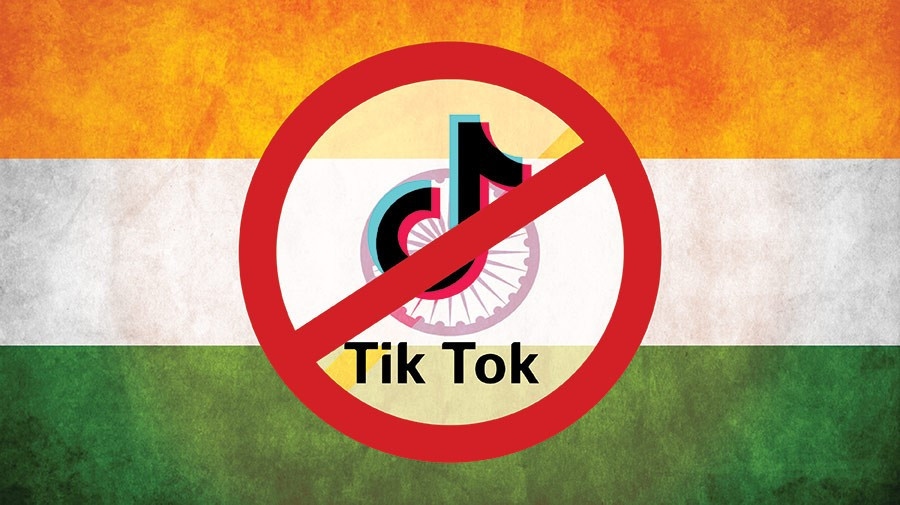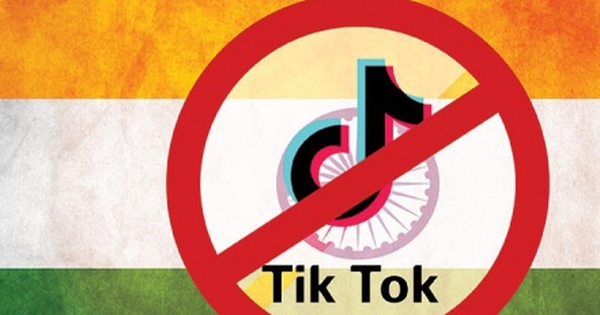A Country Thriving Without TikTok

When TikTok users in the US are concerned about losing access to the app, they can learn a few lessons from India.
Last week, the US House of Representatives passed a bill that could lead to a nationwide ban on TikTok. With approximately 170 million Americans using the app, they may feel disoriented, but it’s important for them to know that they can still “thrive” and navigate a world without TikTok.
In June 2020, following clashes at the India-China border that resulted in the deaths of at least 20 Indian soldiers, New Delhi suddenly banned TikTok and several other similar apps. According to Nikhil Pahwa, founder of the technology website MediaNama, the US was the first country to praise India’s decision.
Although India’s abrupt ban shocked its 200 million TikTok users, many found alternatives just four years later. Pahwa pointed out that the ban created multimillion-dollar opportunities for US companies, benefiting them in the end.
Life without TikTok
The ban was not without consequences. Indian TikTokers were disoriented and even furious in the following months. TikTok was extremely popular among those looking to escape the pressures of strict COVID-19 lockdowns.
“Everyone in India wants to become a Bollywood star, and TikTok turned that dream into reality by turning people, including those from small towns, into overnight stars,” said Saptarshi Ray, head of product at Viralo, a Bengaluru-based KOL marketing platform.
However, it didn’t take long for them to find other avenues. A fierce battle ensued between US tech giants and local startups to fill the void. Within a week of the ban, Meta’s Instagram launched Instagram Reels, a TikTok-style feature, in India. Google introduced its own short video service, YouTube Shorts.
Alternative options like MX, Taka Tak, and Moj also started gaining popularity. However, local startups quickly failed to compete with the reach and financial firepower of US companies.
According to independent findings from consulting firm Oxford Economics, Google’s spokesperson stated that the “YouTube creative ecosystem” contributed about $2 billion to India’s economy in 2022.
Ray mentioned that Indian content creators quickly migrated their old TikTok content to Instagram Reels and YouTube Shorts. “Some influencers are uploading seven Reels a day and gaining 4 to 5 million subscribers per year,” he said.
But not everyone can build a significant following on these platforms. Clyde Fernandes, CEO and talent manager at Opraahfx, an influencer management and marketing company, noted that the reach of followers on TikTok still surpasses any other platform.
US officials and lawmakers have long voiced concerns that China could compel TikTok’s parent company, ByteDance, to hand over data collected from US users. Meanwhile, cybersecurity experts believe that national security concerns surrounding TikTok are mostly hypothetical.
Vivan Sharan, a manager at the technology policy consulting firm Koan Advisory Group, is uncertain about whether removing TikTok would impact the cybersecurity landscape. Unless users change their perception of software on their phones or what they download from the internet, this is unlikely to change, he said.
In terms of content and misinformation, with or without TikTok, we still have to grapple with serious issues like deepfakes, added Sharan.
With India’s experience as a guide, US TikTok users can take solace knowing that life without TikTok is possible, and there are alternative platforms to explore. The ban in India opened the door to new opportunities and showcased the resilience and adaptability of its users.

